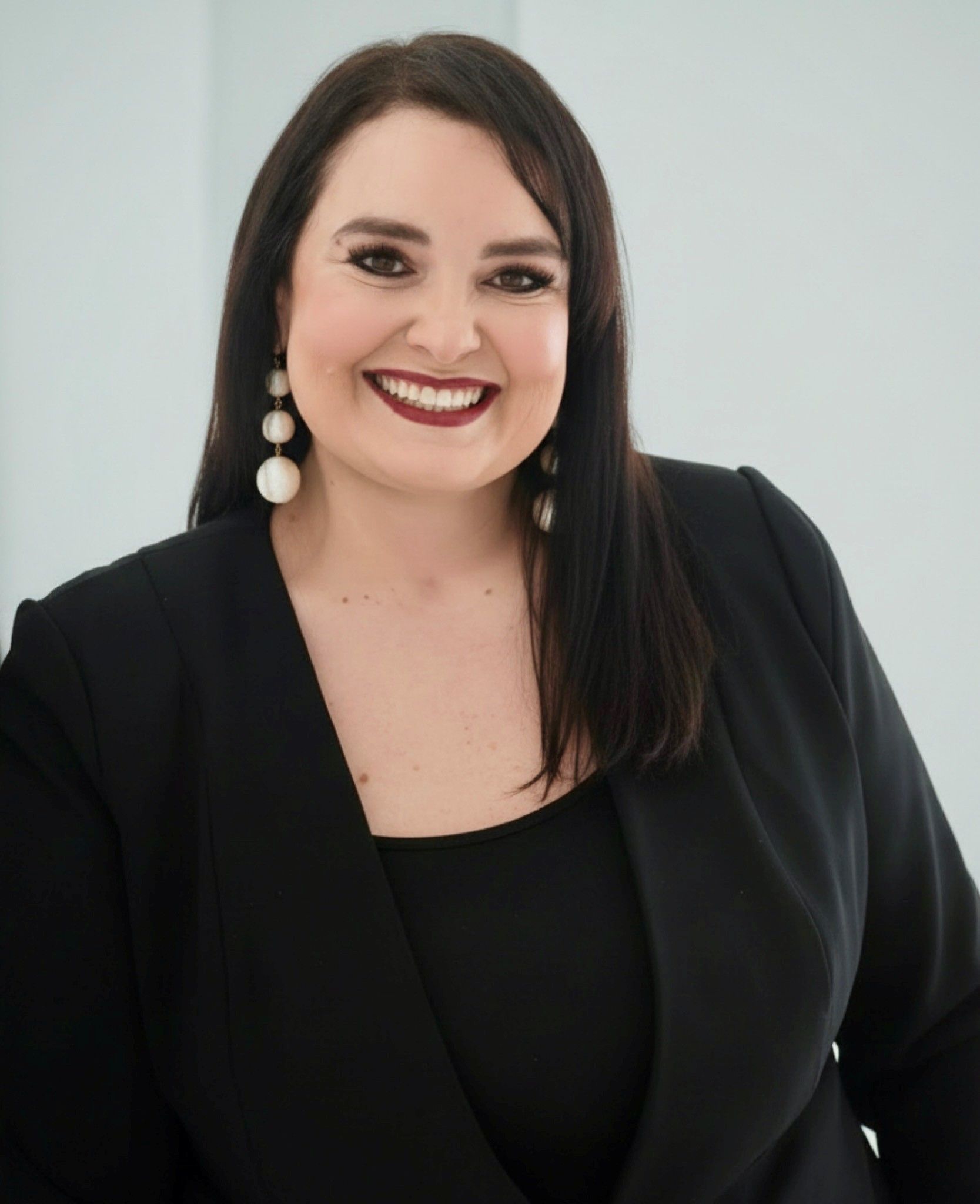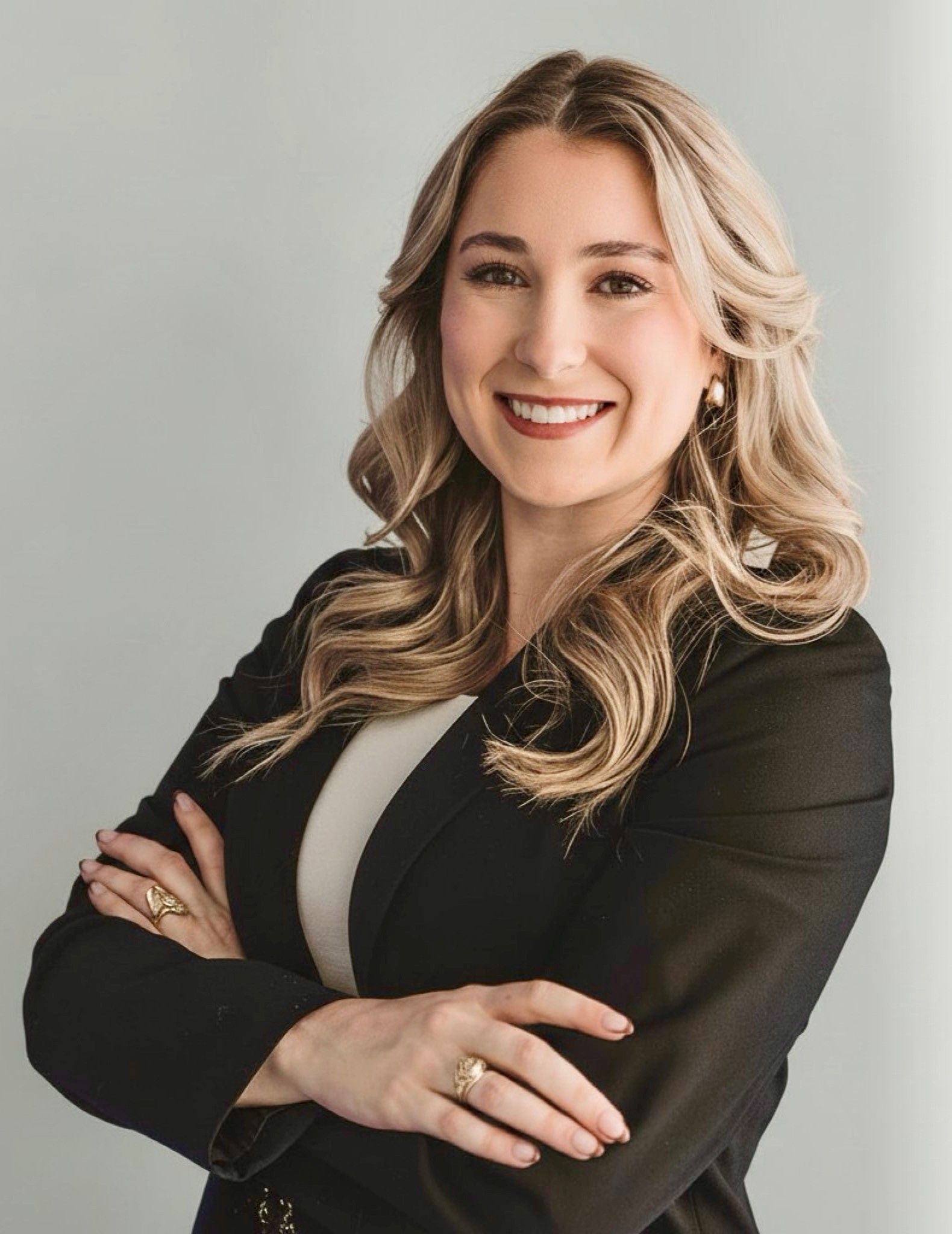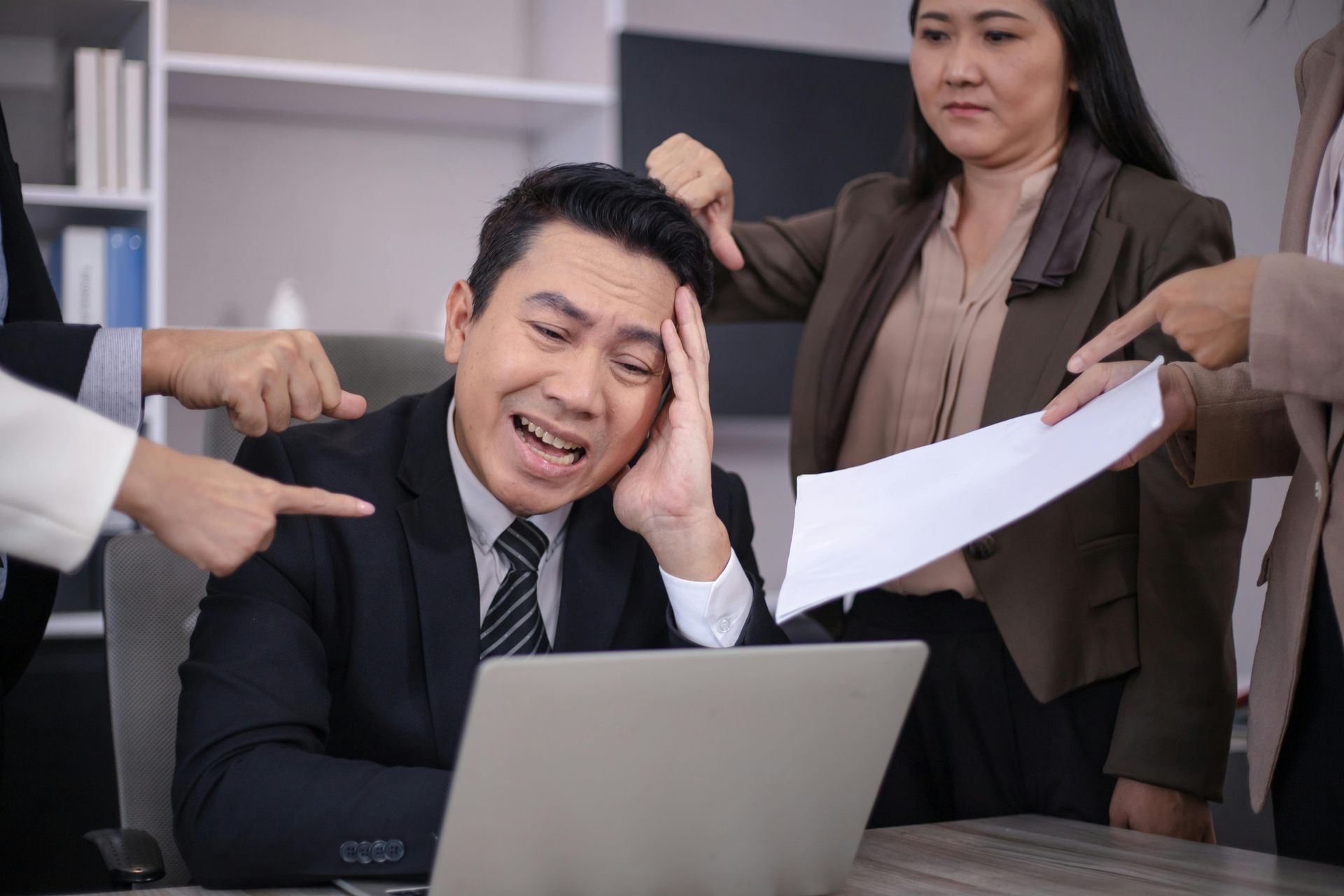Dallas Trademark Consent Agreements
A consent agreement is a contract where one party agrees to allow the use and/or registration of an overlapping trademark by another party.
TRADEMARK CONSENT AGREEMENT IN TEXAS
What Is A Consent Agreement?
A consent agreement is a written document that two parties enter into when one party agrees to the registration of a second party's trademark within the United States Patent and Trademark Office. If the application is denied registration under Section 2(d) of the Trademark Act due to the likelihood of confusion, a consent agreement can then be submitted to overcome the refusal. However, the examining Attorney could still refuse registration because of confusion even if one party agrees to the other party registering a similar mark.
Will A Consent Agreement Be Enough?
Recently there was a case brought before the Trademark Trial and Appeal Board, in reference to A-Plant 2000 ApS, Serial No. 79162833 (August 25, 2017); the Board affirmed the refusal due to the likelihood of confusion even though both parties entered into a consent agreement. The Board stated these factors must be considered when weighing a consent agreement: (1) an agreement between two parties; (2) does the consent agreement set forth that the goods must travel in separate trade channels; (3) did the parties agree to restrict fields of use; (4) did the parties detail how the likelihood of confusion will be avoided in the agreement and (5) has the mark been used in commerce for some time without evidence of confusion.
A Detailed Consent Is Best
To avoid what can be known as a "naked" consent agreement, both parties must make sure to detail the reasons they believe there will not be any confusion between the sources of the mark. In addition, the steps that will be taken to avoid confusion must be written as well. A naked consent doesn't carry much weight, but a detailed consent could.
A detailed consent can carry significant weight because the owners of the mark do not want to cause any public confusion. In most cases, the owners typically strive to protect their intellectual property in any way they can. In addition, these owners don't want to damage their business in any way. Overall, all evidence must be examined to determine the likelihood of confusion.
The consent agreement in re A-Plant 2000 ApS was found to have several defects. First, even though there was an agreement to restrict the applicant's use, the restriction was not reflected in the identification. Second, there was also no statement in the consent agreement to restrict separate trade channels and consumers. Moreover, the agreement showed, in fact, that the parties' goods would be sold in the same market and probably to the same buyers.
Lastly, both parties failed to set forth specific measures preventing consumer confusion. A way in which preventative measures could have been taken would be detailing how they could use distinctive packaging for the goods or requiring different signage to be displayed for the sale of the goods. Just by stating that both parties will cooperate in avoiding confusion is simply not enough. The Board decided the consent agreement was not enough to avoid confusion. They determined the mark was a neutral factor. Trademark counsel must review an agreement before submission to the USPTO is made to prevent refusal. If you need guidance concerning a consent agreement, please contact our office for a complimentary consultation.
We Are Here To Help
If you have found yourself questioning whether a consent agreement is best for you, please contact our firm for a free consultation. Our attorneys are prepared to guide you through the process and help you decide the best route to take to protect your trademark.
Need any help?
CLIENT MATTERS
5,000+
YEARS OF SERVICE
25+
Award Winning
Recognized in the legal industry as dedicated board-certified lawyers and Rising Stars.
Expert Team
Your project will be handled by legal experts every time. You will have the most experienced attorneys working for you.
Quality Representation











